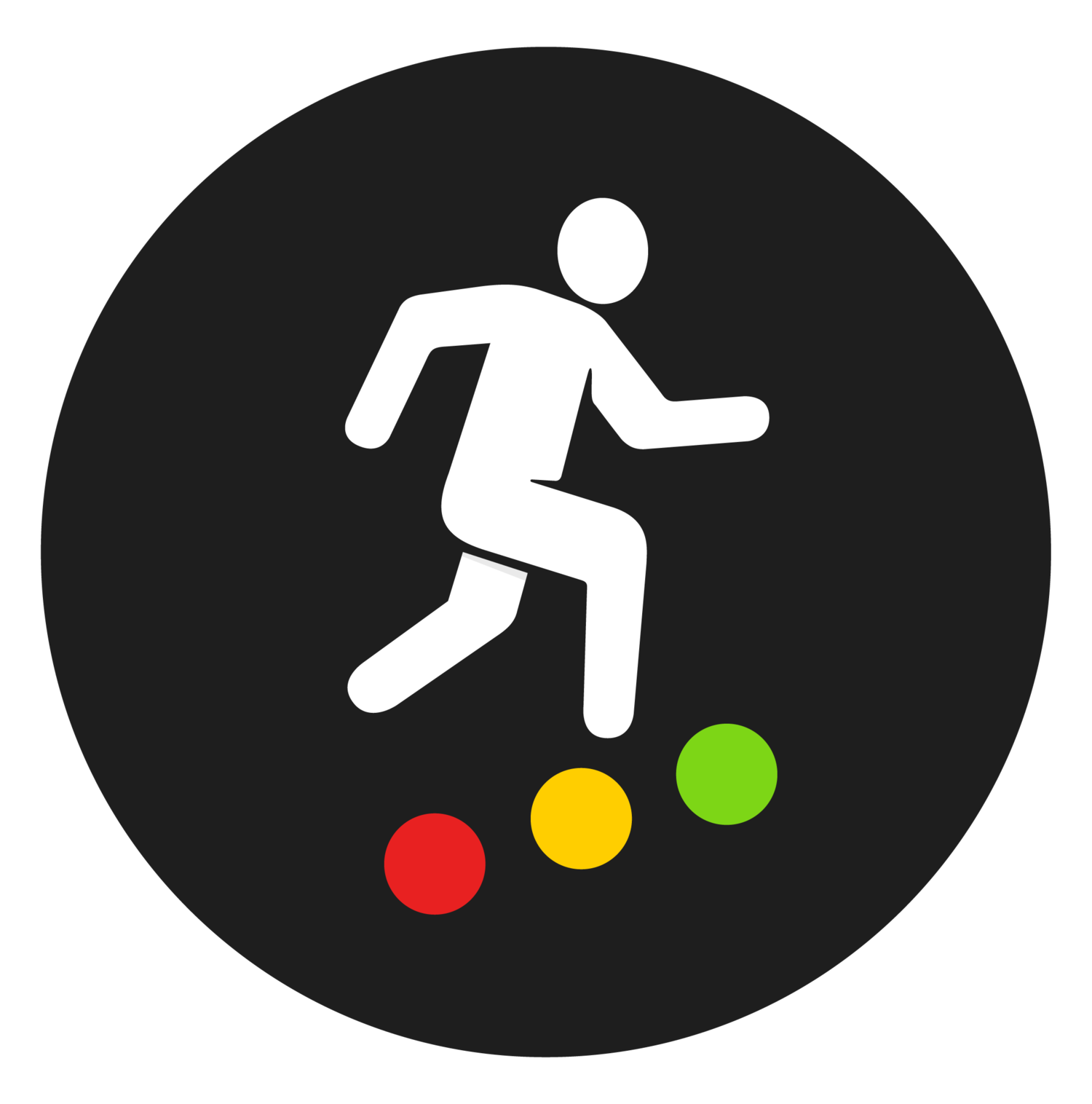HRV Questions and Answers
Training today is designed to give good information and guidance based a key measurable physiological marker – Heart rate variability or HRV.
Heart rate variability is a measure of the inter beat time variation between consecutive beats of your heart.
Generally speaking a good (high) HRV a score against your own baseline measurement (taken as an average over an extended period of time) indicates that you are in a good condition to execute your training session.
The aim of Training Today is to give a contextualised, informed suggestion as to how an athlete should approach their training on a daily basis. So there are a few questions to consider here:
1. When should I take the reading?
There is a school of thought that prescribing an HRV measurement at the same time of day (usually first thing in the morning before getting out of bed) gives a scientifically repeatable measure for comparison with previous days. Whilst there is merit in this in terms of trying to replicate the same conditions for testing it also smacks a little of pseudo-science.
So many factors affect single HRV readings - sleep/nutrition/temperature/resting HR/illness/stress etc that it seems unlikely that an individual will really be recreating the same ‘laboratory’ conditions just because it is say 7.30 in the morning and they haven’t got out of bed yet.
Training today’s use of the Apple Watch means that the watch itself is constantly monitoring parameters such as HR and takes a reading of HRV automatically when it senses you are in a relaxed state – in other words it goes some way to measuring when conditions are comparable for individual readings and automatically samples the data at that point.
This seems to us to be a much more repeatable process especially if users are able to wear their watch during the night or in fact as much of the time as possible. It also means that potentially readings can be taken throughout the day rather than relying on a morning reading to inform a training session that may occur later in the day.
Training today is also more concerned with the trend of the readings than it is with individual readings which can indeed produce some variable data. An athlete carrying fatigue in to training is likely to experience a gradually reducing HRV for instance.
2. Should I train at all if it HRV is low?
This is a complex question that we can unpick a little here.
Firstly something to note is that we expect HRV to vary.
So if your HRV stays very high compared to measured baseline for a long period of time (maybe more than a week) or conversely very low for a similar extended time this could suggest an underlying pattern - possibly caused by illness or overreaching in your training to the extent that you have developed over training syndrome (OTS).
Sometimes OTS will actually result in a consistent high HRV score as your body may enter a state of hyper recovery - not a good state for an athlete to be in.
So variation is best.
Intuitively you may therefore think that you should only train when HRV scores are good however that’s not really how physiological adaptation works best. Getting fitter and faster requires you to stress you body’s systems and then allow them to recover stronger and if you are training for endurance sport you are inevitably wanting to train your body to function in a fatigued state - so appropriate sessions when HRV score is low may be essential to this.
The trick it to get it high when you are wanting to perform at high intensity so that your body is ready for this – particularly if you hoping to perform in a race.
In all aspects of training recovery sleep and nutrition are all key but often neglected parts of training programmes and your RTT score is potentially a great marker to show how well you are doing this.
Our view would also be that it is a one of a number of parameters that you should use in monitoring your physiology and prescribing training.
This is why we are developing the apps ability to record other physiological parameters to complement the information gained from monitoring HRV - and athlete perception remains key - don’t forget the biggest and best device you have for performance analysis is already installed between your ears!



